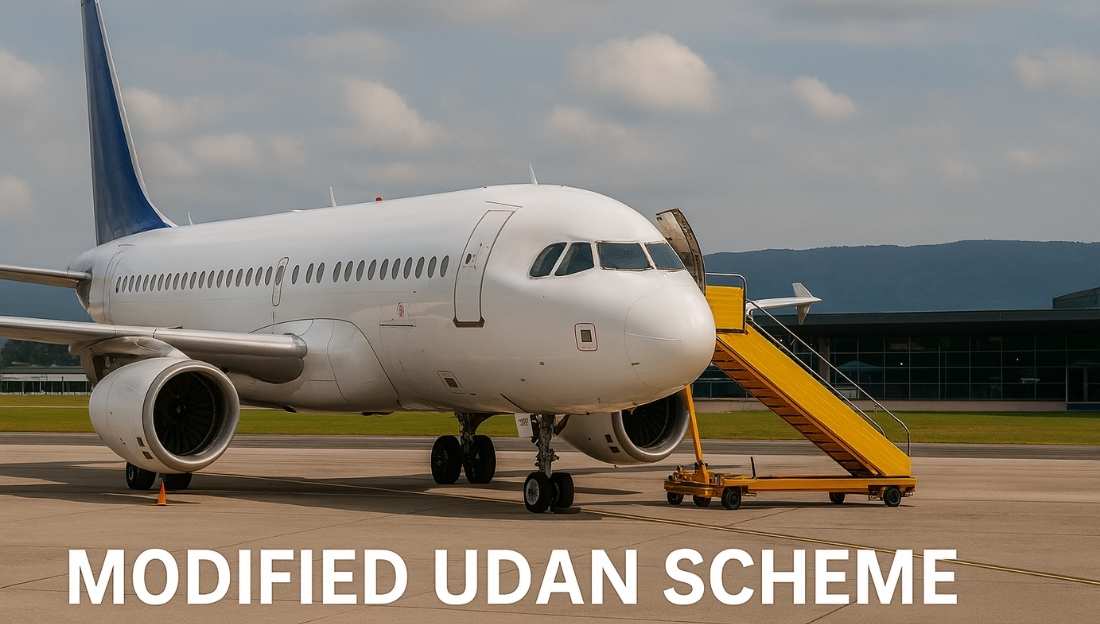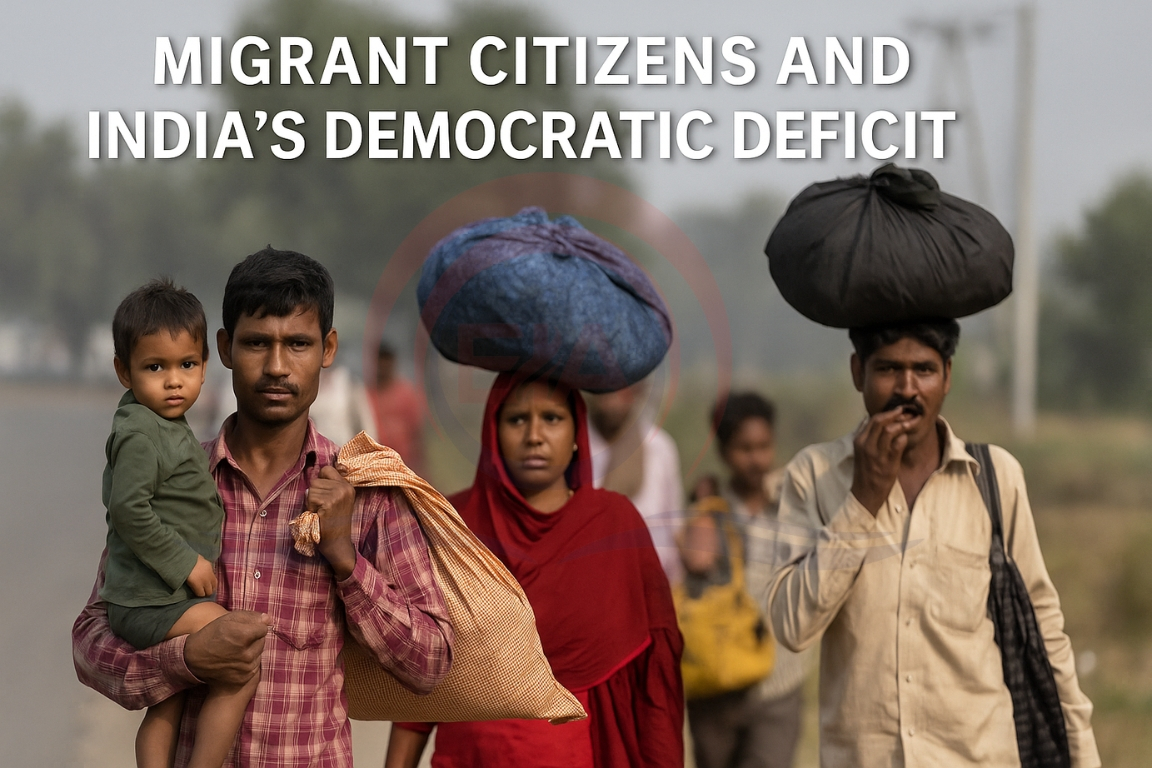Centre has proposed a revamped UDAN (Ude Desh Ka Aam Nagrik) scheme with a substantial outlay of ₹30,000 crore, focusing on broader inclusion, infrastructure expansion, and operational viability.
New UDAN Framework
- The upgraded UDAN initiative is designed to develop regional aviation infrastructure, ensure affordable air travel, and support operations in difficult terrains.
- Out of the proposed ₹30,000 crore: ₹18,000 crore for airport infrastructure—development of new airports, upgrades of existing airstrips, and construction of heliports in hilly regions.
- ₹12,000 crore for Viability Gap Funding (VGF) to incentivize airlines to fly on low-demand routes.
- Priority areas include: North-Eastern states, Aspirational districts, Hilly and remote regions, Towns with limited air connectivity

Evolution of the UDAN Scheme
- Inclusive Air Travel Initiative: Launched in 2016 under the National Civil Aviation Policy, UDAN aims to make air travel accessible and affordable for ordinary citizens.
- First Operational Flight: The inaugural UDAN flight was launched in April 2017, connecting Shimla and Delhi, marking the beginning of regional air connectivity under the scheme.
- Significant Expansion Achieved: With an initial funding of ₹8,000 crore, the scheme has successfully operationalised 649 out of 915 approved routes, connecting 92 unserved or underserved airports, along with 15 heliports and 2 water aerodromes, benefitting over 1.56 crore passengers.
Objectives of Modified UDAN
- Connect 120 new destinations over the next decade.
- Enable 4 crore additional passengers through regional flights.
- Expand coverage to include airstrips, helipads, and water aerodromes.
- Increase private sector participation by easing leasing rules, permits, and bidding norms.
Addressing Implementation Challenges
- Land acquisition delays and inadequate state coordination
- Lack of airport infrastructure and navigational systems
- Shortage of suitable regional aircraft
- Low passenger demand in remote locations
- High maintenance and leasing costs
- Enhanced coordination among Centre, states, airport operators, and airlines, coupled with flexible funding, seeks to resolve these challenges.
Incentives and Expected Outcomes
- Improved regional connectivity, tourism, and economic integration
- Large-scale employment generation in aviation, logistics, and hospitality
- Faster emergency, relief, and medical services
- Focused development in North-East, Himalayan, and aspirational districts
Conclusion
The modified UDAN scheme is a strategic step toward inclusive and balanced regional development. By bridging connectivity gaps, it aims to make aviation a catalyst for economic growth, social integration, and national cohesion.
This topic is available in detail on our main website.





